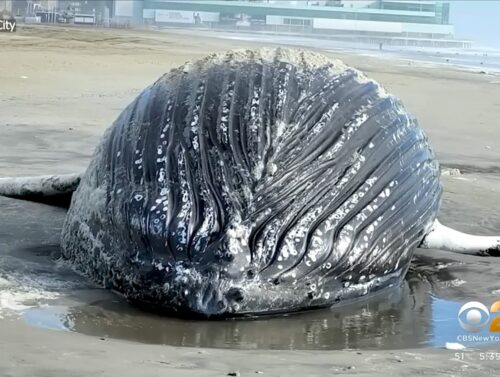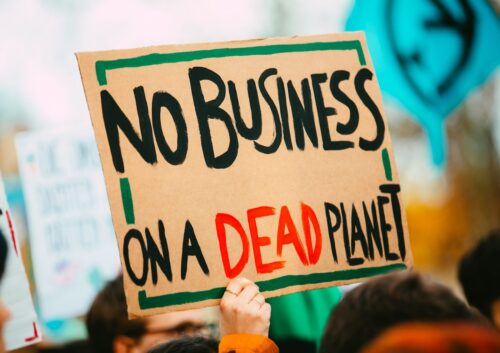
We took one for the team by reading Particles of Truth: A Story of Discovery, Controversy, and the Fight for Healthy Air, by C. Arden Pope III, Douglas W. Dockery, so you won’t have to suffer through it.
The book has twelve chapters plus references and index. It is written by academics from Brigham Young and Harvard University.
The publisher, MIT Press, describes the book as “A compelling, real-life account of how scientists uncovered air pollution’s deadly impact on human health — and the contentious battles to use key scientific evidence in the critical fight for clean air.”
One gets a quick sense of the book’s nonsense by reading the three-page Forward by infamous email-deleting Gina McCarthy, former Obama-appointed administrator of the EPA.
She states, “…Arden Pope and Doug Dockery are unsung heroes in the field of air pollution.”
Hardly true, but anyhow.
This is not quite as bad as another infamous former Obama-appointed EPA administrator, Lisa Jackson, stating in a 2011 congressional hearing: “If we could reduce particulate matter [in air] to healthy levels, it would have the same impact as finding a cure for cancer in our country.”
The book’s chapters explore multifaceted aspects of air quality, from health effects to economic repercussions to environmental justice (a term to be taken with a bucket of salt).
It purports to present a strong case that small particles in the air (particulate matter PM2.5) substantially affect public health. The book also explores the intense efforts of others to discredit and cast doubt on their science (we are on that team).
The book sees Pope/Dockery taking a celebratory stance on their (junk science) contributions towards air quality improvements. They posit that these advancements have significantly mitigated (fake) health effects associated with air quality.
They note (page 156): “…life expectancy reductions from air pollution are comparable with cigarette smoking.”
In the junk science world, anything is possible.
This research is rooted in bad science, including potential data manipulation and false creation of convenient hypotheses post-analysis
In stark contrast, the 2016 Scare Pollution. Why and How to Fix the EPA by Steve Milloy and the 2021 National Association of Scholars (NAS) Shifting Sands report burrowed into EPA bureaucratic malfeasance and academic junk science dangers of “trust the science” small particle health effects research.
This research is rooted in bad science, including potential data manipulation (p-hacking) and false creation of convenient hypotheses post-analysis (HARKing).
The NAS report also highlighted the replication crisis in academic research, including small particle health effects research.
A troubling number of academic research claims fail to withstand further scrutiny. In short, this research is false. For small particles, this controversy can be traced back to influential studies by Dockery (1993) and Pope (1995).
The discourse about small particles causing health impacts is highly debatable. The debate is of two narratives: one asserting there are impacts and another questioning validity of these claims.
Substantial economic implications are tied to this debate.
Americans annually pay at least $14,000 in hidden regulatory costs per household, or roughly $1.9 trillion overall.
Much of this is from air quality regulations.
Read rest at American Thinker



















Back in the 1late 1960,s and early 1970’s they were telling us that all our Cities would be under Giant Domes and we would all need to wear Gasmasks when Outside (This Fragile Earth load of Poppycock, Balderdash)and the Earth would be Dead way too bad that the Earth don’t listen to the idiots